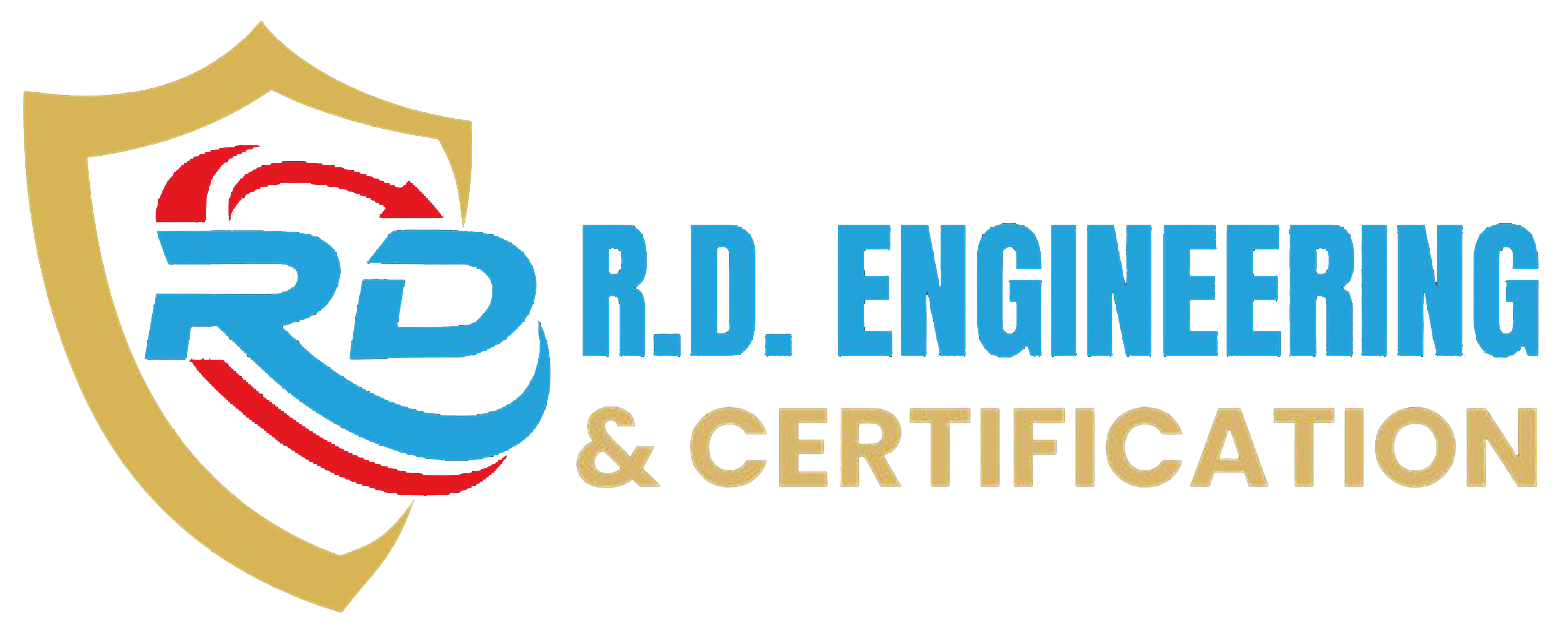Introduction:
In a world driven by innovation and technological advancements, industries across the globe are constantly striving for enhanced quality control measures. When it comes to ensuring the structural integrity and reliability of materials, non-destructive testing emerges as a game-changer. In this blog, we delve into the realm of testing, highlighting its significance, principles, and the myriad benefits it offers to various sectors. So, let’s embark on a journey to uncover the power of this test and how it goes beyond the surface!
Understanding what type of testing is:
Non-destructive testing refers to a range of inspection techniques designed to evaluate the integrity of materials or structures without causing any damage. It allows engineers and technicians to assess flaws, defects, or irregularities in a non-intrusive manner, ensuring the safety, reliability, and longevity of critical components. By harnessing the principles of physics, NDT methods enable the detection, characterization, and monitoring of potential issues, providing valuable insights into the health of a material or structure.
The Principles of non-destructive testing:
This test encompasses a variety of techniques, each based on different principles, including:
- Visual Inspection: The most basic form of testing, visual inspection involves the direct observation of a material or structure for any visible defects or abnormalities.
- Ultrasonic Testing (UT): UT utilizes high-frequency sound waves to detect internal flaws or measure material thickness by analyzing the echoes produced.
- Radiographic Testing (RT): RT employs X-rays or gamma rays to penetrate materials and create images, revealing internal defects or inconsistencies.
- Magnetic Particle Testing (MT): MT detects surface and near-surface flaws by inducing a magnetic field and applying magnetic particles that accumulate at defect locations.
- Dye Penetrant Testing (PT): PT involves applying a colored dye to the surface of a material, allowing it to penetrate and reveal surface-breaking defects through capillary action.
- Eddy Current Testing (ET): ET uses electromagnetic induction to detect surface and subsurface flaws, electrical conductivity, and material thickness variations.
Benefits:
The utilization of non-infectious Testing techniques brings numerous advantages across industries, including:
- Enhanced Safety: test ensures the structural integrity of critical components, reducing the risk of catastrophic failures and accidents that could endanger lives and property.
- Cost Savings: By identifying flaws early on, this test helps prevent costly repairs or replacements by enabling timely maintenance and targeted interventions.
- Increased Efficiency: these methods provide quick and reliable results, allowing for efficient inspections, streamlined production processes, and improved decision-making.
- Sustainability: this type of test supports sustainable practices by reducing material waste, minimizing environmental impact, and extending the lifespan of structures and equipment.
- Compliance and Quality Assurance: it plays a crucial role in meeting industry standards, regulations, and quality assurance requirements, ensuring products and systems adhere to stringent specifications.
Harnessing the Power of non-destructive testing:
Non-destructive testing has a wide range of applications across diverse industries, including aerospace, automotive, oil and gas, power generation, construction, and manufacturing. From inspecting aircraft components and pipelines to assessing welds and testing concrete structures, these techniques enable the evaluation of materials and ensure their reliability and safety.
Conclusion:
Non-Destructive Testing represents a technological breakthrough that revolutionizes quality control and safety measures across various industries. Employing a range of inspection techniques, such as those at RD Engineering, allows engineers to detect flaws, assess material integrity, and make informed decisions without causing any damage. From enhanced safety and cost savings to increased efficiency and sustainability, the advantages are undeniable. Embracing the power of this technique is not only a prudent choice but a vital step toward ensuring robustness, reliability, and longevity in our modern world.
Remember, when it comes to this technique, RD Engineering & Certification play a crucial role in harnessing the potential of these testing methods. By leveraging their expertise and utilizing advanced NDT techniques, they contribute to the continued advancement and application of NDT principles, ultimately enhancing the safety and quality of materials and structures in various sectors.

